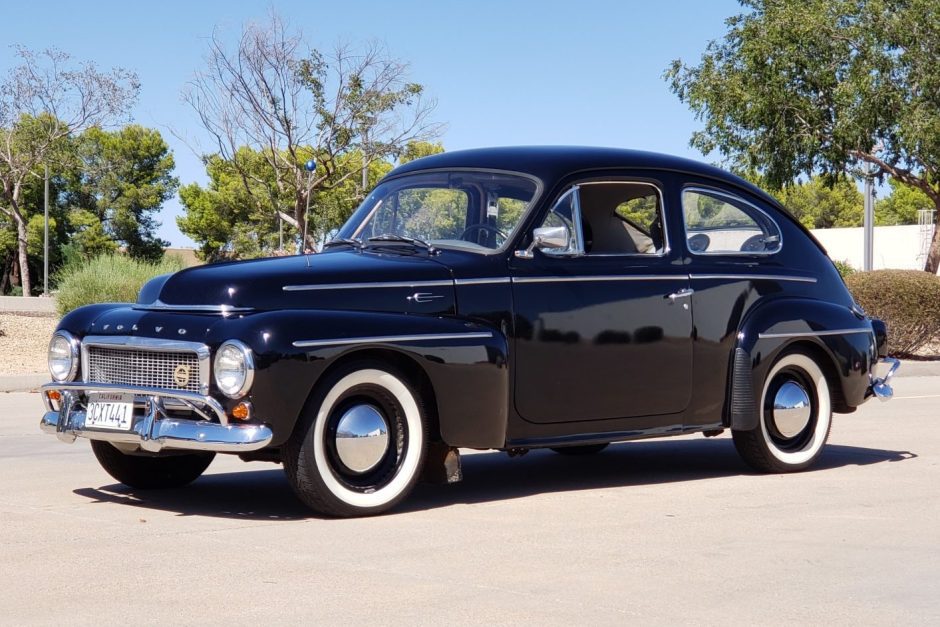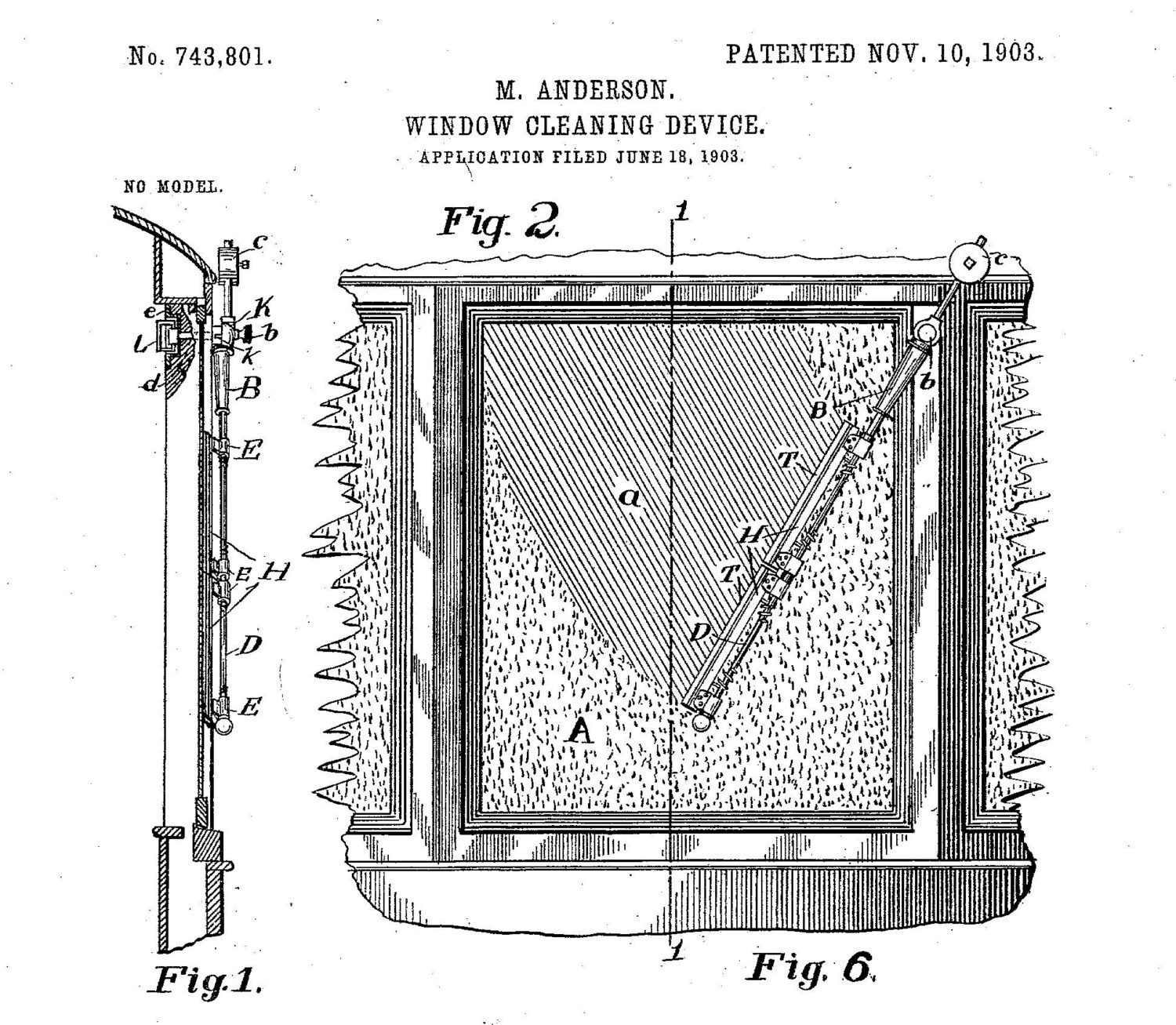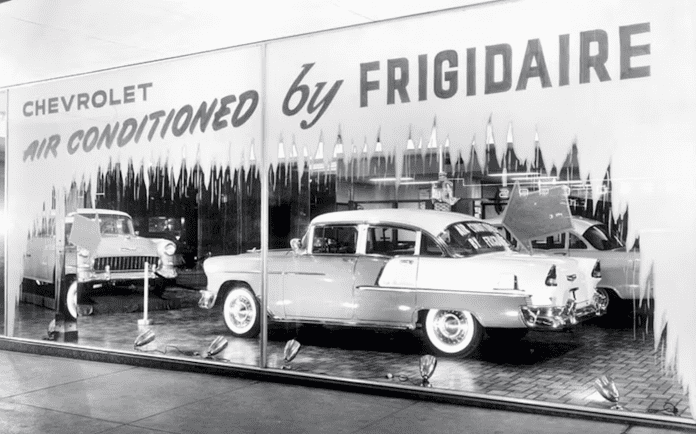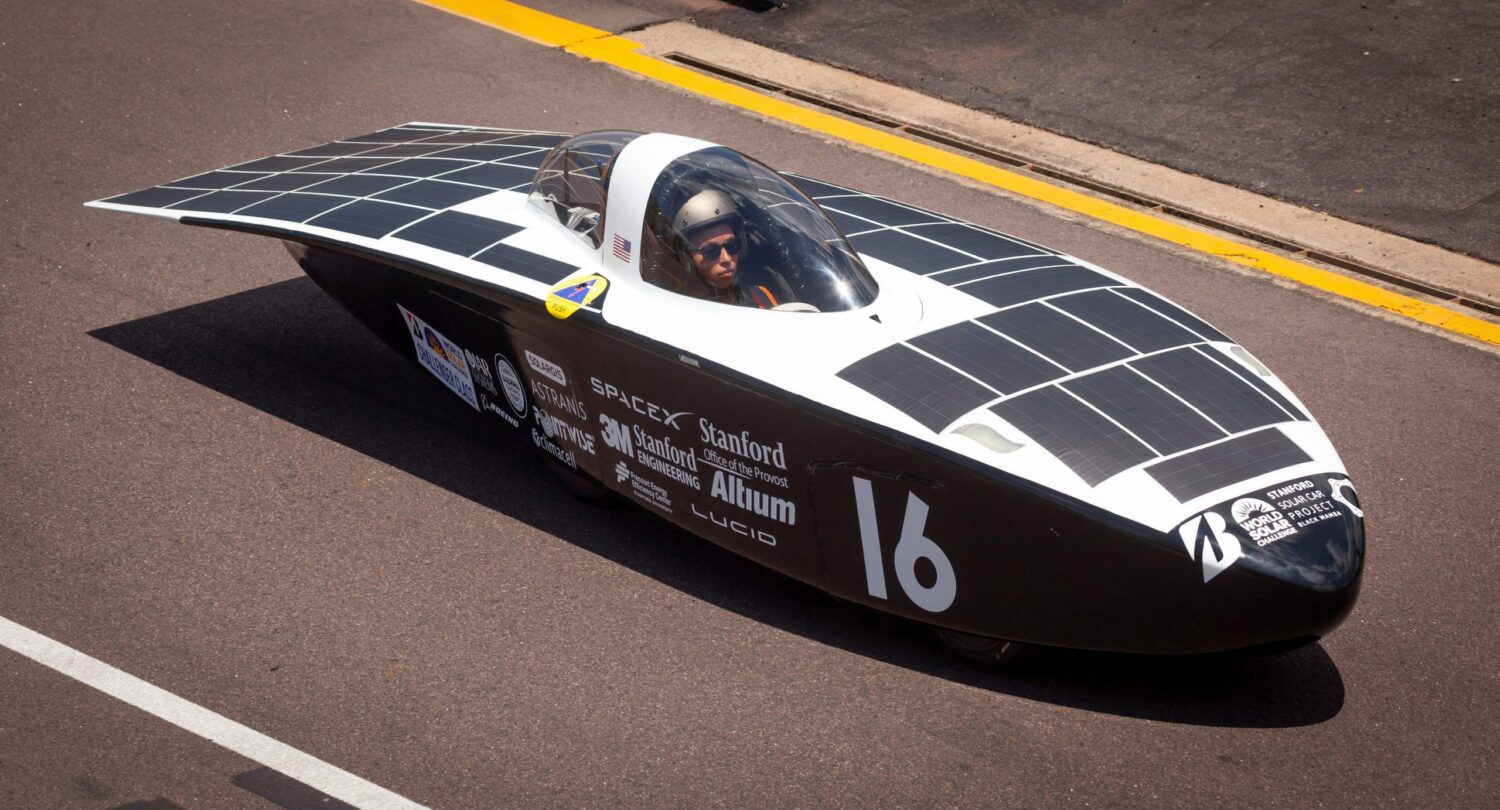Automakers are always working to adjust and improve technologies while also developing new ones to increase drivers’ comfort and convenience, but we often forget to take a step back and remember the ground-breaking inventions that would eventually lead to the products currently available in the industry today. Let’s take a look at ten of these inventions.
Seat Belts


1959 Volvo PV544
Automatic Transmission
Today, you’ll have to search hard to find a vehicle that comes with a manual transmission, as most are made with the revolutionary automatic transmission. Despite the concept being devised by a steam engineer in Canada in 1921, automatic transmissions were not mass-produced until Oldsmobile began using them in their vehicles in 1948. At the time, the so-called “Hydra-Matic” transmission was deemed “the greatest advance since the self-starter.” The technology removed manual transmission clutches from vehicles, instead using hydraulic fluid, planetary gearsets, and fluid coupling devices to change gears and prevent stalling.
Power Steering
Another invention that has completely changed the driving experience is power steering, which utilizes hydraulic fluid and/or an electric motor. Prior to it becoming mass-produced in cars in the 1950s and 1960s, turning the front wheels of a vehicle while driving was actually not that easy. Fighting against friction while trying to turn was actually a difficult task, especially for the elderly. Drivers would have to turn the wheel hard while also trying not to stall out, seeing as vehicles were also made with manual transmissions at that time.
Power Brakes
Prior to the 1960s, almost all vehicles were also made with manual brakes. These required the driver to apply excessive force to the brake pedal, which was difficult and not always reliable. The technology behind power brakes has historically involved either a vacuum-operated brake booster, hydraulic fluid, or an electronic brake booster, but in all cases, they make operating the brakes in a vehicle much easier and less arduous.
Catalytic Converter
While Eugene Houdry first patented the catalytic converter in 1962 after taking note of the indisputably poor air quality in Los Angeles, the first one wasn’t actually developed until eleven years later. The development of catalytic converters had also been pushed forward due to the Environmental Protection Agency creating stricter exhaust regulations, and the invention has become standard in internal combustion engine vehicles. While the devices have been tweaked over the years, they successfully convert harmful toxins to less dangerous ones, allowing automakers to stay within the EPA’s guidelines.
Electric Starter
While many new cars come with engine-starting features like push-to-start and remote start, those of us who have been driving for a while definitely know the typical method of starting a car – put the key in, turn it, and voila – the engine turns on. However, prior to this technology, drivers would have to rotate a hand crank that was very difficult and dangerous to operate, oftentimes causing serious injuries and deaths. Needless to say, the electric starter was well-received upon its conception in 1913 and provided a safer way to turn on the engine.
Airbags
Many people are unaware that airbags were actually shunned for decades before becoming commonplace (and required) in vehicles. Originally invented in the early 1950s, the first airbags were finally installed in the Oldsmobile Toronado in 1973. However, the technology did not gain immense popularity and was not commonly found in vehicles until the 1990s. Ultimately, the Intermodal Surface Transportation Efficiency Act of 1998 required that airbags be installed in all new vehicles in the United States to reduce injuries and deaths resulting from a crash.
Windshield Wipers


Mary Anderson's patent application filed June 18, 1903
Air Conditioning
One of the most important inventions, a common feature of today’s vehicles that would have seemed like an intangible luxury to many drivers decades ago, is air conditioning. It took many years for engineers to come up with the modern-day method of air conditioning, as they tested out ideas like below-dashboard vents, an electric fan, and a so-called “car cooler.” Packard Motor Car Company began producing vehicles with what we would think of as swamp coolers today, but these were clunky, placed in the trunk of vehicles, could only circulate air within the cabin, and would sometimes cause condensed water to drip on passengers. However, the technology continued to improve and in 1987, the signing of the Montreal Compact forced all automakers to switch to the modern-day coolant found in vehicles.
Turn Signals
We’ve all had that moment when someone driving in front of us abruptly turns without giving any indication of it (i.e., “Thanks for the blinker!”), but while flashing turn signals were first patented in 1925, automakers did not actually start widespread use of the invention until over a decade later. Prior to any form of electric turn signal, drivers would simply raise their arms to indicate which way they were turning, similar to how many motorcycle and bike riders still do. Buick started producing vehicles with the so-called “Flash-Way Directional Signal” in 1938, and other automakers quickly followed suit before turn signals became mandatory in 1973. While they were first made with filament bulbs, light-emitting diode (LED) technology became available to automakers in 1980, extending the durability and lifespan of the lights.
Did you enjoy this article? Please share your thoughts, comments, or questions regarding this topic by connecting with us at newsroom@cbtnews.com.
Be sure to follow us on Facebook, LinkedIn, and TikTok to stay up to date.
While you’re here, don’t forget to subscribe to our email newsletter for all the latest auto industry news from CBT News.




